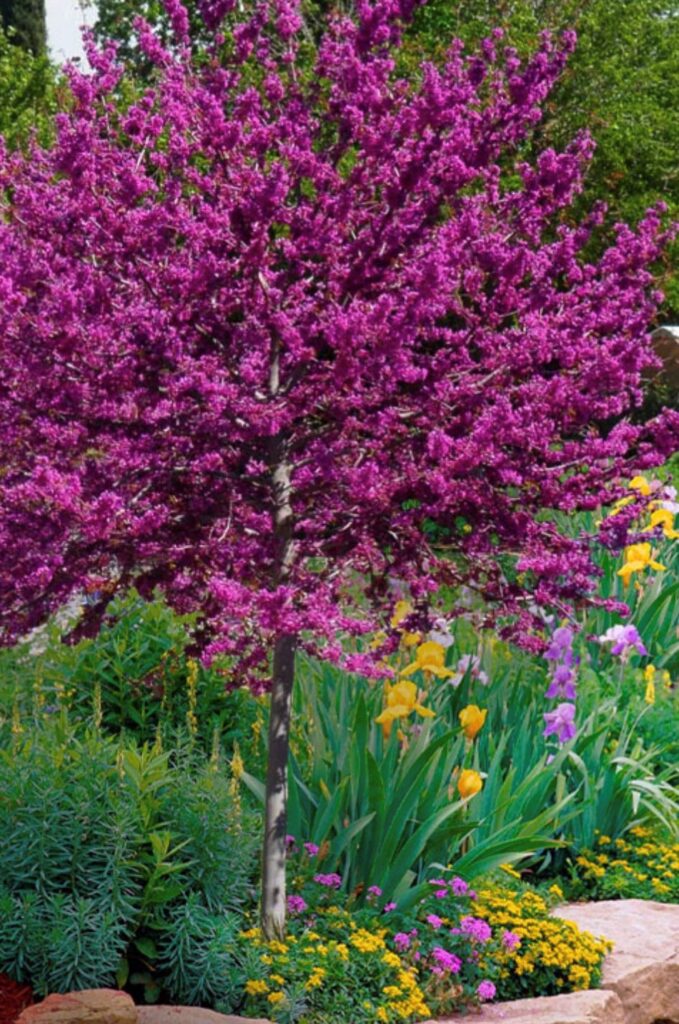Is it hot enough for you?! August, with its soaring temperatures, can be a tough time for gardens and gardeners. We tend to spend less time in our gardens and our vegetables may stop fruiting and flowering when temperatures are in the 90’s. You may have success with a second planting of warm season vegetables, like beans and cucumbers. If you’re ready to remove and/or tidy up your vegetable garden, consider planting some cool season options to extend your fresh crops into the fall. Our average first day of frost is November 1 – this will be the date you begin counting backward from when planting seeds. If the plant matures in 60 days, you will want to count backward, 60 days from November 1 (September 2). Pay close attention to your seed packets’ information if you plant seeds – different plants mature at different intervals. UGA has some helpful vegetable planting charts on their home garden pages. Some cool season vegetables are beets, broccoli, cabbage, carrots, cauliflower, collards, kale, lettuce, onions, radish, spinach and turnips. Summer vegetables deplete the soil’s nutrients. Adding some worm castings to the soil will replenish valuable nutrients for a healthy Fall crop. Espoma Garden Tone is a great, organic fertilizer option. Our transplants will be ready as early as September.
Weeding is a never-ending garden chore. Weeds compete with your desired plants for water and nutrients. Pulling weeds after rain or watering makes the job easier and pulling them before they establish strong root systems is your best option. Mulch is a gardener’s friend – it helps prevent weed seeds from germinating, helps keep your soil and plant roots cool, and helps prevent the soil’s moisture from evaporating. It’s always a good time to refresh your mulch. 2-3 inches is the ideal depth when mulching.
Supplemental water is imperative during times of drought stress. Water during the early morning for best results. Watering when the sun is higher in the sky results in evaporation and evening watering can contribute to plant disease. Think about how deep your roots are – turf grass may have roots that are 6 inches deep, but ornamental grasses may have a root system of 6-24 inches depending on variety. The 1-2-3 watering guideline is a good starting point to think about when providing supplemental water. Smaller plants will need to be watered to a depth of 1 foot, medium size shrubs will need 2 feet, and trees will need 3 feet. Understanding that the water needs to penetrate deeper for larger plants helps you water some plants more and others less. Those with automatic irrigation systems will likely need to adjust run-times, or supplement by hand watering specific areas. Water wide enough to cover the plant’s dripline. Watering slowly helps the moisture penetrate. A quick deluge may create puddling that tricks you into thinking that you are watering adequately. Check out the About Us section on our website for a plant care guide that will help you with planting/care/watering questions. Moisture meters can help take the guesswork out of determining if you are watering deeply enough. We sell these meters and highly recommend them.
Roses will likely benefit from a dose of fertilizer to keep them blooming. Rose Tone, Rose Shield, and Rose Rx are great products that will keep your rose bushes happy and productive into the Fall months. Annuals may need to be trimmed back if they are getting leggy. A bit of fertilizer will help them continue performing until you are ready to create Fall displays.
Our outdoor staff is always available to help you with your gardening needs. We are gardeners too and are great resources for tried-and-true recommendations. Stop by to see what’s new or just say hi and show us pictures of your gardens. We love it when you share your photos.
Scottsdale Farms Garden Club will meet on August 12, at 10am. We will discuss transitioning from Summer to Fall. Hope you can join us. Please register on our events page so we have adequate seating for those participating.

Stay cool out there,
Well see you in the garden center!
